This article is written by Sarah Fard, a music educator in Massachusetts with degrees from University of New Hampshire, Boston University, and the Boston Conservatory at Berklee in Music and Autism. Learn more about Sarah here.
The guitar is a wonderfully diverse instrument: it shows up in just about every genre of music, plays both lead and rhythm, and belongs to multiple modes of music literacy. This is especially advantageous in helping the classroom teacher engage students of all music interests and backgrounds. Specifically, reaching our students who may benefit from accommodations or modifications.
What are Accommodations and Modifications?
Really, all students benefit from a differentiated approach! However, for our students on Individualized Education Plans (IEPS), accommodations and modifications are ways to adapt a lesson to better suit a student’s learning styles and needs. While most IEPs do not specify such adaptations for music class, they will typically outline accommodations and modifications for other courses (such as language and math). Accommodations include adding supports for the student to help them reach the curricular goal. Modifications mean that you are changing the content or expectation of the student.
The IEP is a legal document, so it is up to us to translate and implement it in the music class. This can feel overwhelming for music teachers who see a large percentage of the school population, often in large class sizes! I hope this article can help.
When it comes to adapting for students, there are typically 4 big things to think about: pacing, size, color, and modality.
Pacing
- Having students practice together is important in developing social and musical skills, but keep in mind that for some students, this may be increasingly difficult or frustrating. Students with cognitive challenges, for example, may take more time to process information. Giving students independent time to work at their own pace is important, and it also allows for important assessment time for the teacher
- Pacing assignments is also important. I like to have “sliding” deadlines in my class, rather than hard deadlines. This allows for students who need extra time to complete an assignment (a modification), while also allowing students to complete a task quickly if it suits their learning. For the latter, having extensions or something new to move on to is important.
- Differentiate the material from the start. If the unit goal is to have students complete a chord accompaniment with C, G, and D – that’s great! But it won’t look the same for each student. Some may do a song that is slower or with fewer chord changes. Some may only use a one finger C or G chord. Others may choose to learn bar chords. Moosiko helps teachers and students choose their own asynchronous, personalized learning paths.
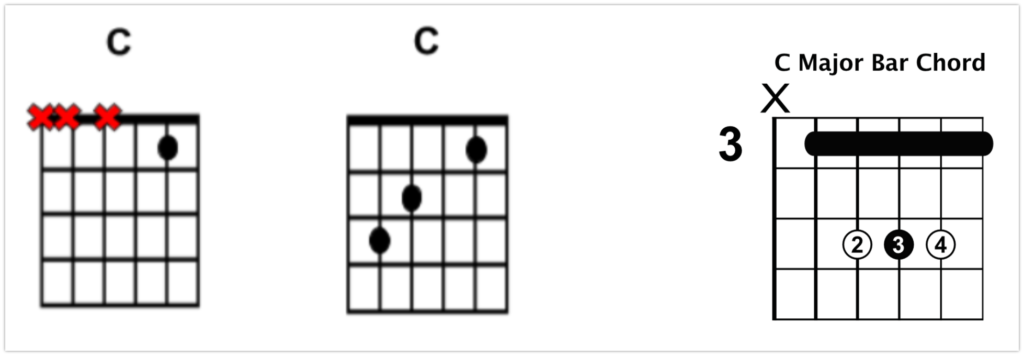
- Tracking music for students is also beneficial for assisting with pacing. I have found that programs like Noteflight and MuseScore can be helpful in tracking the music for students while they practice. Write up the assignment in Noteflight, give them the link, and allow them to try and play along. The student will be able to adjust the tempo, and the cursor will track where they are as they play! Moosiko is a great option for tracking music when students work on chords, strumming, and riffs/solos.
- Checklists are helpful for everyone, but especially for students with Autism Spectrum Disorder (ASD) or ADHD. Give students a to-do list and review it with them at the start of class. If a student is working remotely, you can even hyperlink activities within the list.
Size
- The most obvious aspect of size in the guitar classroom is the size of the instrument. Your ability to accommodate this will heavily depend on the resources your school has. I’ve found that asking for donations of beginner guitars has helped me develop a collection of small sized guitars for students who may benefit from it. Lots of households have these small guitars lying around, either because the owner never continued learning, or outgrew the guitar.
- Virtual guitars are also helpful for students who may benefit from a different sized instrument. Namely, students with physical disabilities who may find a standard sized guitar inaccessible. I’ve found that the Musicca, Apronus, and Recursive Arts sites are the most helpful. For options that students can also record practice with, I suggest Garage Band or the Real Guitar App. For students who may struggle with fine motor skills, using the touch pad is also a benefit.
- Sizing can also apply to the visuals presented to our students. Often, musical print (both physical and digital) is small. Students with vision impairment or specific learning disorders (SLD) may benefit from enlarged print.
Color
- Adding color to the instrument can be beneficial for students because, let’s be honest….most guitars are brass colored strings on brown fretboards. It can all blend in for those with vision impairment. I like to use colored vinyl to place under the strings and make the strings stand out
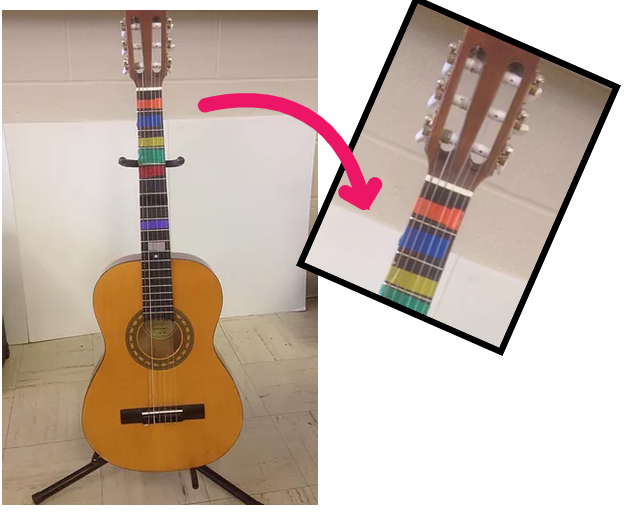
- What’s more, color can be added to the written music to correlate with colors on the fretboard. For some students, seeing black text on a white background may be difficult. Color your staff, tab notation, or chord charts so that the colors match the fingers or frets to be used.
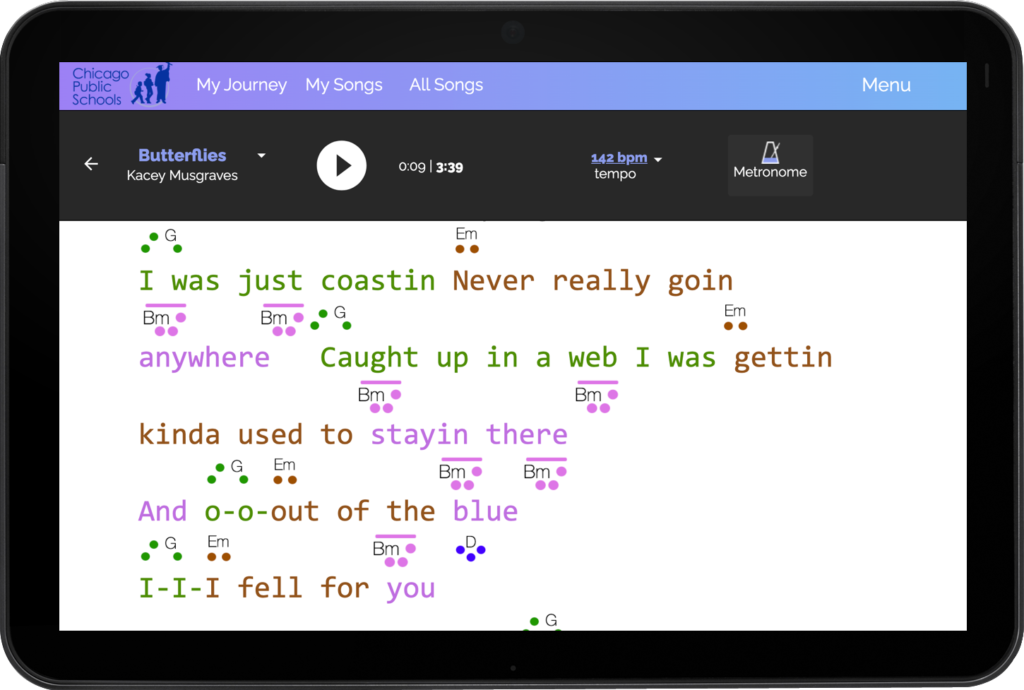
Moosiko Color-Coded Song Sheets
Modality
- Give examples in many forms! Studies suggest that some people with SLD or ASD may have difficulty perceiving timing in music. Rote learning is also inaccessible to those with hearing deficits. When relying on rote learning, be sure to add visual supports of some kind for learners who can benefit (an accommodation)
- Written music can be difficult for students with vision impairment, SLD, or ASD. Adding an auditory example with the visual can help students, as can visual/audio examples of yourself playing the assignment at hand. Moosiko contains audio on every step for this very purpose.
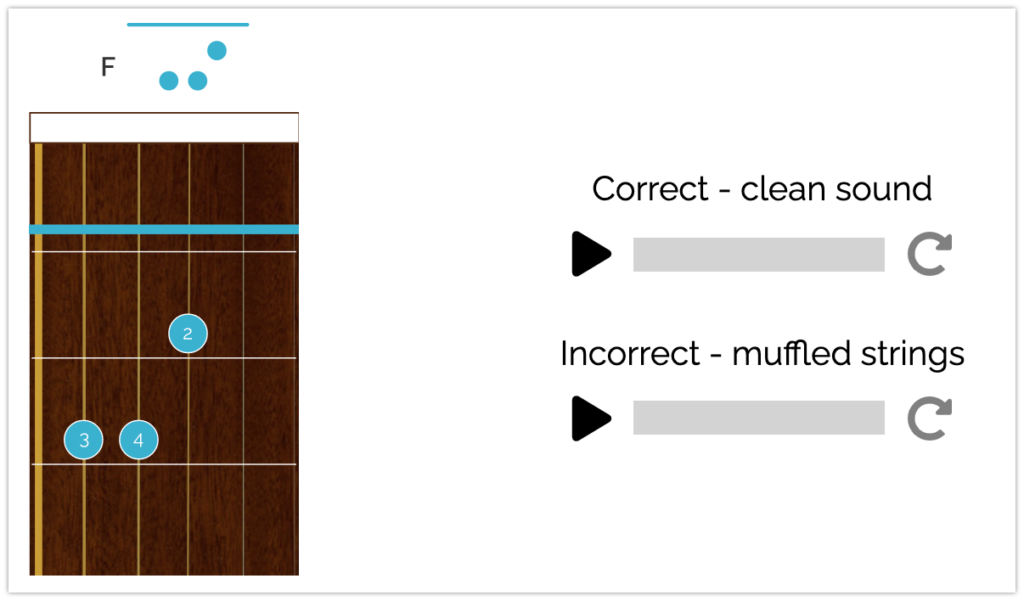
- Give instructions verbally and written
- Allow students to record their progress if they cannot present it in person using their phone, Flipgrid, or Moosiko’s built-in video feature. You can use a virtual instrument as well
- Explore the different modes of music literacy that guitar has to offer:
- Staff notation requires a lot of working memory and decoding, which can present barriers for students with a SLD, ASD, or neurological or cognitive challenges. Tablature is much more transparent, acting as a graphic notation with more literal translation. Color coding the numbers will eliminate even more processing, if the colors match the fretboard.

-
- I love to use tab notation to teach my students popular guitar riffs. However, tab notation often relies on auditory skills to learn rhythms. Spacing the tablature to visually represent the space between the notes can be a helpful accommodation for students. I created the “Color Adapted Tab,” seen below as color block notation, to support rhythmic learning with tablature. Colors also match colors on the fretboard in this format.
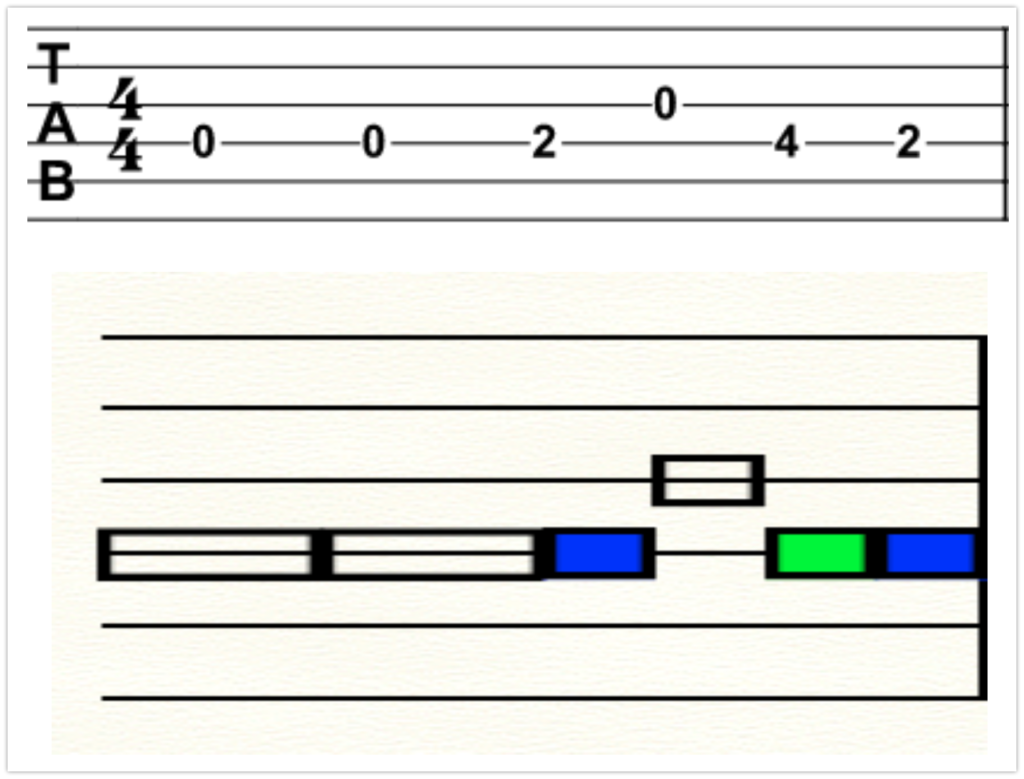
These techniques are just a few ways in which teachers can make the guitar class accessible to all students. Keeping students on the same curricular path is possible if students are able to explore music of their interest, on their difficulty level, and presented in multiple formats. Moosiko offers many resources that can help with this! I’ve also collected resources for differentiating the guitar curriculum on this site: The Adapting Guitarist
